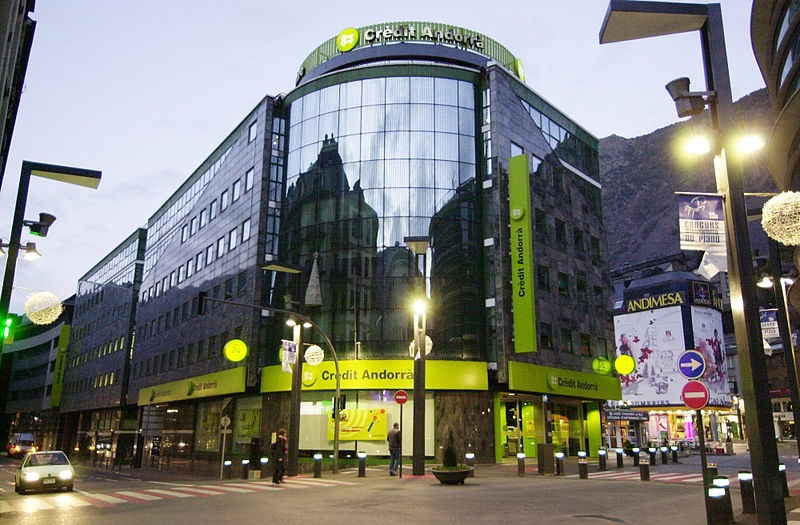Traditional fixed income investors do not usually like interest rate hikes. As rates go up, the prices of their bonds go down and they reap negative returns in their portfolios. This is where the poorly advised investor learns that fixed income is far from fixed. Only those who maintained liquidity in a large portion of their portfolios will welcome the new opportunities arising from investing at higher rates. But is this anxiety surrounding the rate hikes shared across all asset classes in fixed income? In the case of high yield bonds the higher rates could be a positive thing (if the increases reflect an expanding economy) or a negative thing (if there is a fear that these rate hikes may end up causing a recession).
To date, despite episodes of volatility in the markets, high yield has generally benefitted from the strength of the US economy, the growth in corporate earnings and the low default rate. In spite of the downturn that we have seen so far in October, the high yield indices are still in the black since the beginning of the year, in contrast to the losses seen in the investment grade indices. Without indulging in a simplified generalisation that blurs the distinctions between the many subgroups and components that make up the high yield class, of all the sectors with a weighting of over 3% in the benchmarks, only Homebuilders are wider (note that at the beginning of the year, it was trading very tight).
The high internal cash-flow generation within this asset class has brought a slower rate of new issue origination, which has also been a determining factor in the good performance of high yield. Most new issues this year have been assigned to refinancing the existing debt. There has also been an improvement in credit ratings for new issues, leaning more towards BB bonds and with fewer CCC issues. Credit fundamentals remain strong. Rating upgrades surpass downgrades in the highest ratio since 2011. The rate of defaults within the high yield class is around 2%, compared with a historical average of 5%.
Furthermore, we must not underestimate the increasingly frequent demand from investors who were traditionally focused only on investment grade bonds, such as pension funds or wealth managers, who are incorporating BB tier issues into their portfolios. These investors are not merely “opportunistic tourists”, but rather they are investing in a systematic manner with a view to improving the diversification of their portfolios.
The NAFTA is no longer one of the risks weighing down this asset class. We are left with China, oil, a possible acceleration in inflation and the deficits. So, does this mean the end of the American dream enjoyed by high yield? Historically speaking, high yield bonds have had a negative correlation with Treasury bonds. History also teaches us that credit spreads can remain below average for long periods of time, particularly during periods of positive economic growth and low default rates.
Given the current outlook, in the short term, we do not believe the economic situation will take a turn for the worse towards a recession, which would create a negative credit environment. Although the credit spreads for high yield indices are at low levels from a historical perspective and, in our opinion, there is limited potential for capital appreciation, the coupon offered is sufficiently attractive relative to other assets to justify waiting patiently with a portion of the portfolio invested in high yield bonds. Of course, we cannot rule out a widening of spreads in the short term, caused by a defensive movement and the profit taking in a volatile market if stocks sell off. But this would not be the result of panic selling due to a continuous deterioration of fundamentals.
Column by Meritxell Pons, Director of Asset Management at Beta Capital Wealth Management, Crèdit Andorrà Financial Group Research.





 By Fórmate a Fondo
By Fórmate a Fondo